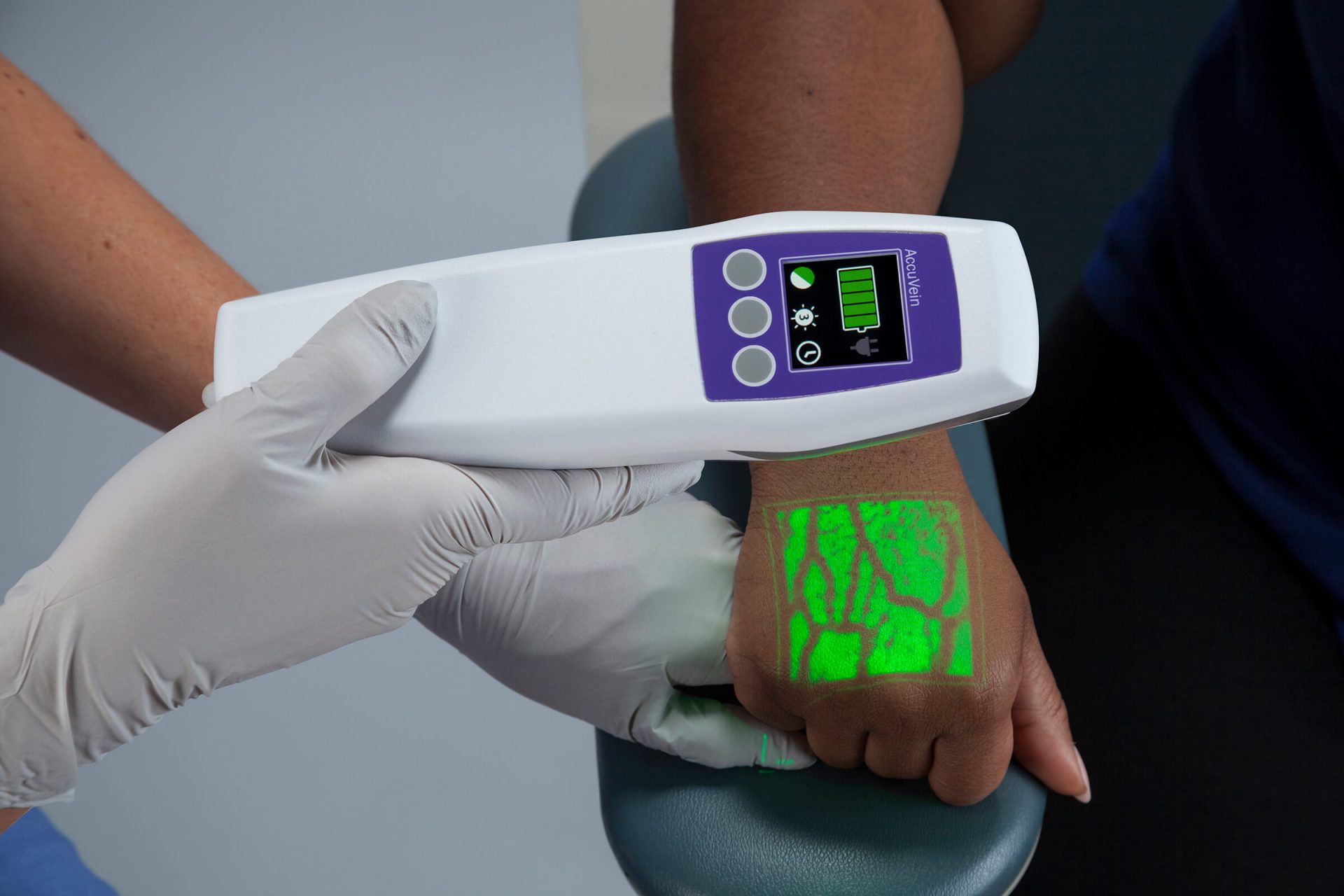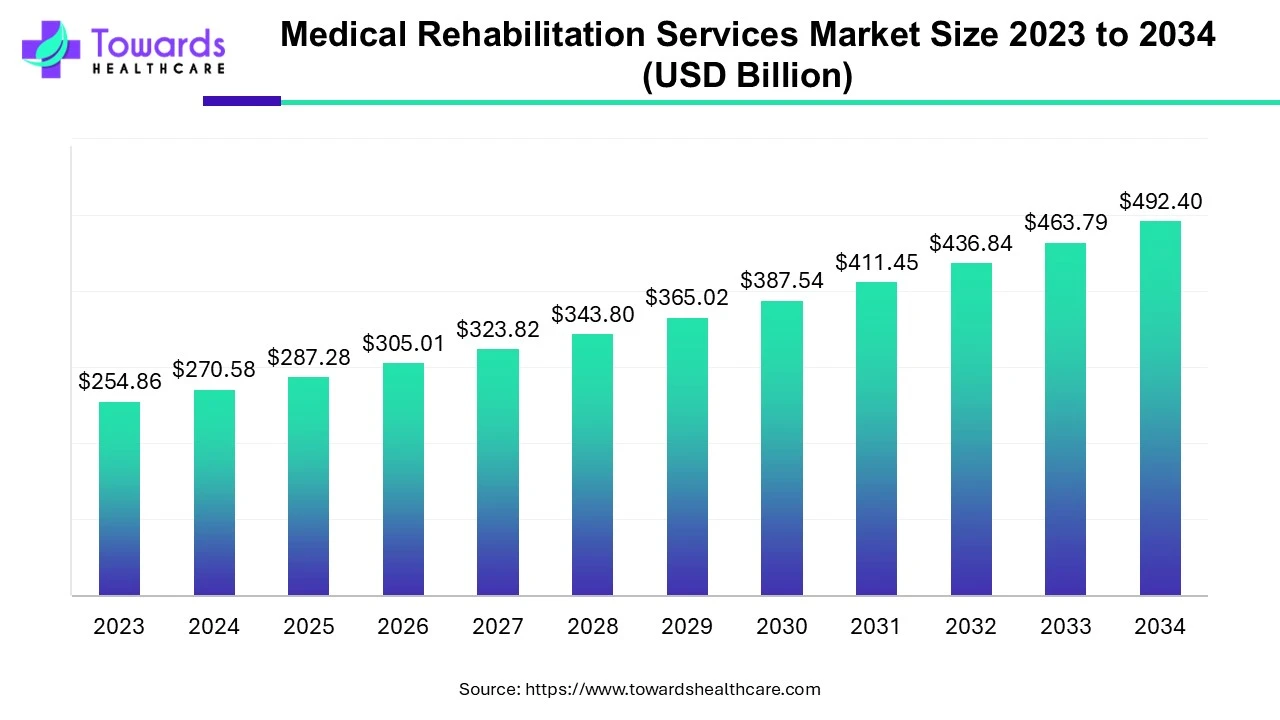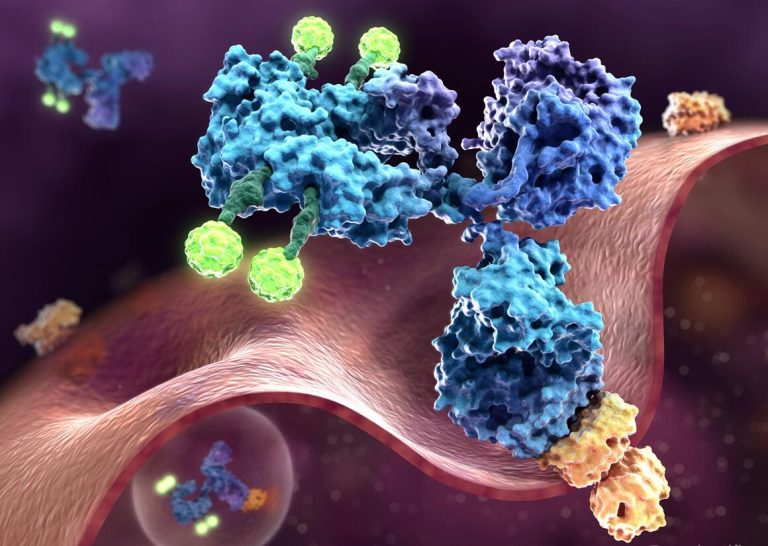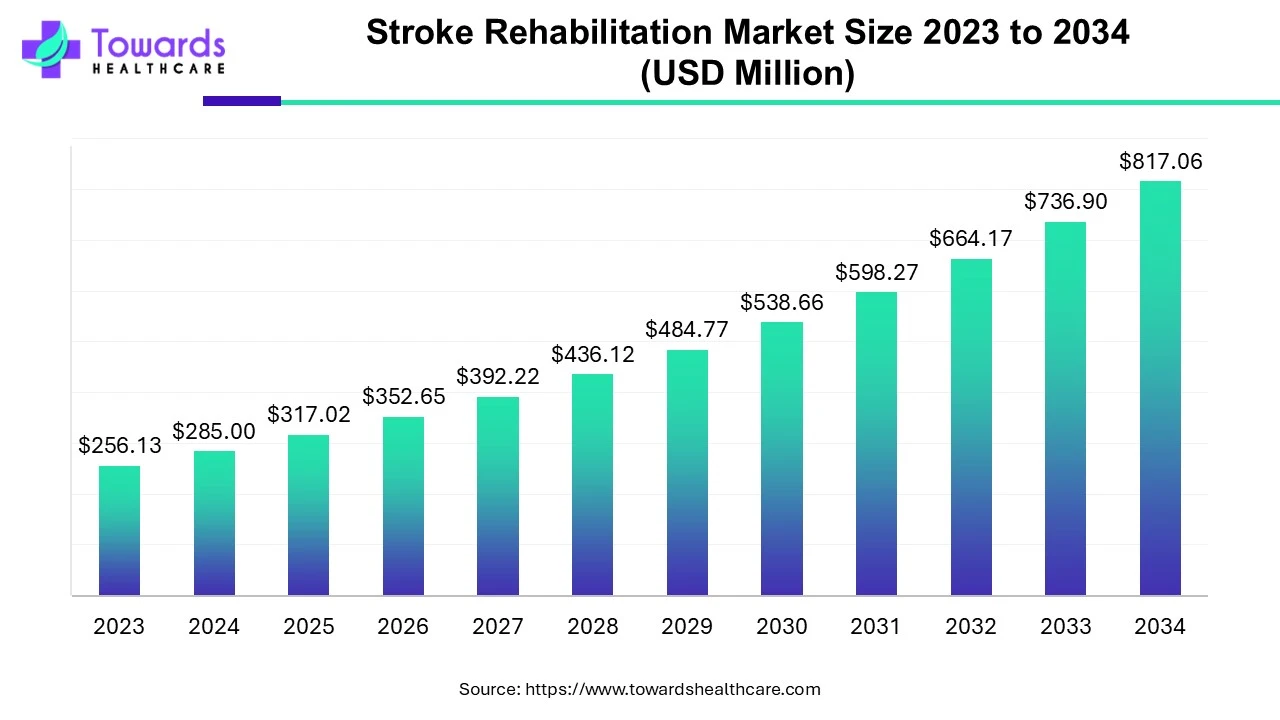
Advancements in technology continue to revolutionize medical practices and procedures. Among these advancements, vein finders have emerged as indispensable tools, playing a crucial role in facilitating various medical procedures and diagnoses. From venipuncture to intravenous access, phlebotomy, peripheral vascular assessment, and pediatric care, vein finders have significantly enhanced the efficiency, accuracy, and patient experience across diverse medical settings.
Venipuncture: Enhancing Precision and Efficiency
Venipuncture, the process of puncturing a vein for blood collection or intravenous therapy, is a fundamental aspect of healthcare delivery. However, locating suitable veins can pose challenges, particularly in patients with difficult venous access. Vein finders address this challenge by utilizing advanced imaging technology to visualize veins beneath the skin’s surface. By providing real-time images of vein location and depth, these devices empower healthcare professionals to perform venipuncture with enhanced precision and efficiency, minimizing the risk of complications and patient discomfort.
Intravenous Access: Optimizing Patient Care
Intravenous (IV) access is vital for administering medications, fluids, and contrast agents necessary for various medical procedures and treatments. Vein finders play a pivotal role in optimizing IV access by assisting healthcare providers in identifying accessible veins for catheter insertion. Whether for routine medication administration or emergent interventions, these devices enable swift and accurate placement of intravenous lines, ensuring timely delivery of essential therapies while minimizing patient discomfort and complications.
Phlebotomy: Ensuring Accurate Blood Sampling
Phlebotomy, the process of collecting blood samples for laboratory testing and diagnostic purposes, requires meticulous precision to obtain accurate results. Vein finders facilitate phlebotomy procedures by aiding healthcare professionals in identifying suitable veins for blood collection. By visualizing vein morphology and assessing venous patency, these devices help ensure optimal sample collection while reducing the risk of hematomas, infiltration, and other complications. Additionally, vein finders enhance patient comfort by minimizing the need for repeated needle sticks, particularly in individuals with challenging venous access.
For any queries, feel free to reach us @ https://www.towardshealthcare.com/personalized-scope/5126
Peripheral Vascular Assessment: Detecting Vascular Abnormalities
Beyond facilitating venipuncture and phlebotomy, vein finder devices play a valuable role in assessing peripheral vascular conditions. By visualizing superficial veins, these devices aid in the detection of vascular abnormalities such as venous insufficiency, varicose veins, and thrombosis. While vein finders do not directly diagnose vascular diseases, they serve as valuable adjuncts to clinical examination, enabling healthcare providers to identify abnormal vein patterns or flow characteristics indicative of underlying vascular pathology. Early detection of vascular abnormalities facilitates timely intervention and management, thereby improving patient outcomes and reducing the risk of complications.
Pediatric Care: Alleviating Distress in Young Patients
In pediatric healthcare settings, the use of vein finders is particularly invaluable, as locating veins in children can be challenging due to their smaller size and limited cooperation. Vein finder devices alleviate stress and discomfort during venipuncture procedures in pediatric patients by assisting healthcare professionals in identifying accessible veins with precision. By reducing the need for multiple needle sticks and minimizing procedural discomfort, these devices enhance the overall patient experience, fostering a positive therapeutic environment for pediatric patients and their families.
Vein finders represent a transformative innovation in modern healthcare, empowering healthcare professionals to perform venipuncture, intravenous access, phlebotomy, peripheral vascular assessment, and pediatric care with unprecedented precision and efficiency. By enhancing vein visualization and improving procedural outcomes, these devices elevate the standard of patient care, ensuring optimal clinical outcomes while minimizing patient discomfort and complications. As technology continues to advance, vein finders will undoubtedly remain indispensable tools in the medical arsenal, shaping the future of healthcare delivery and diagnosis.
Unlock Infinite Advantages: Subscribe to Annual Membership
To own our premium study instantly, Click here @ https://www.towardshealthcare.com/price/5126
Read more about Vein Finders Market:


